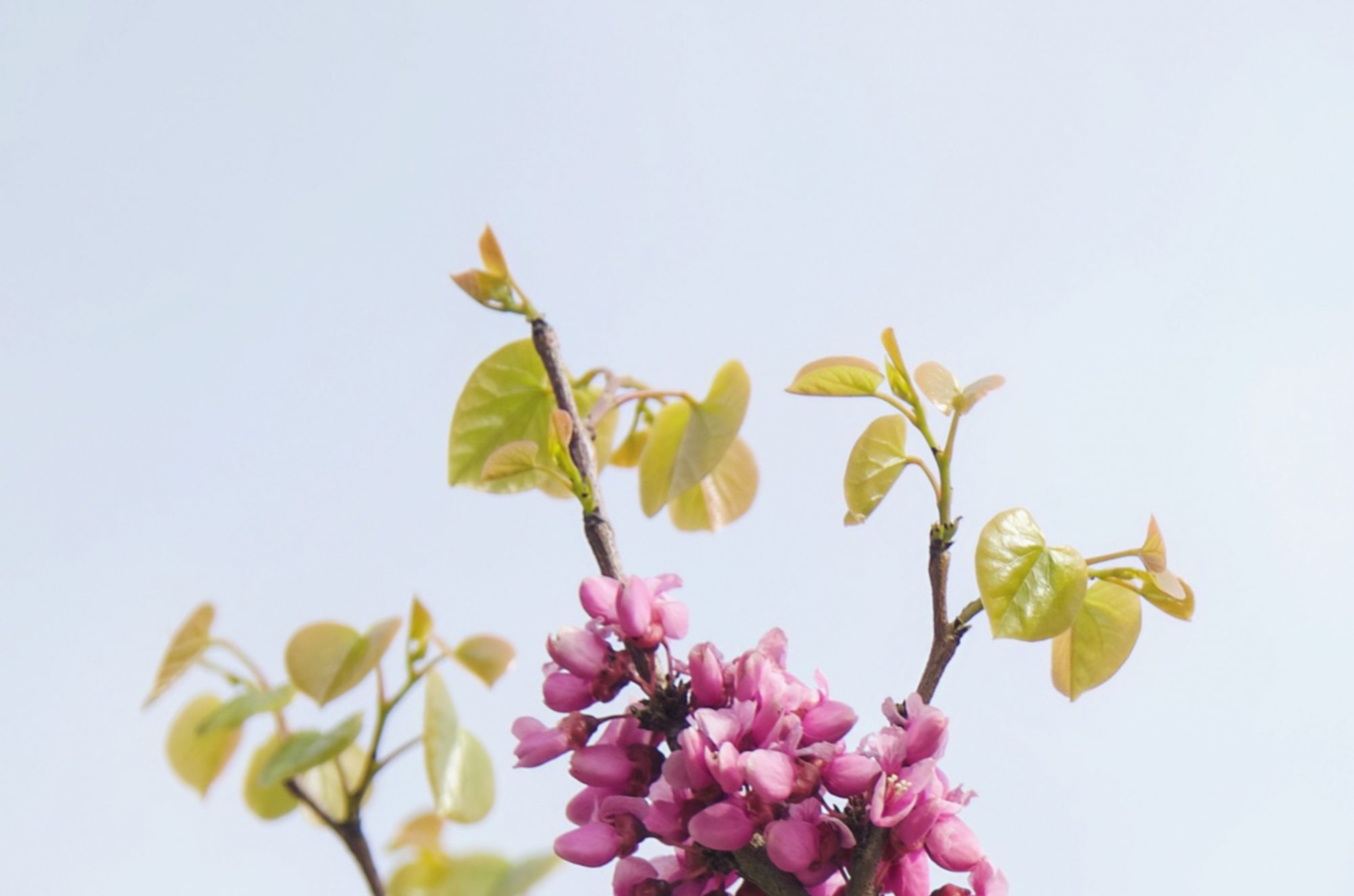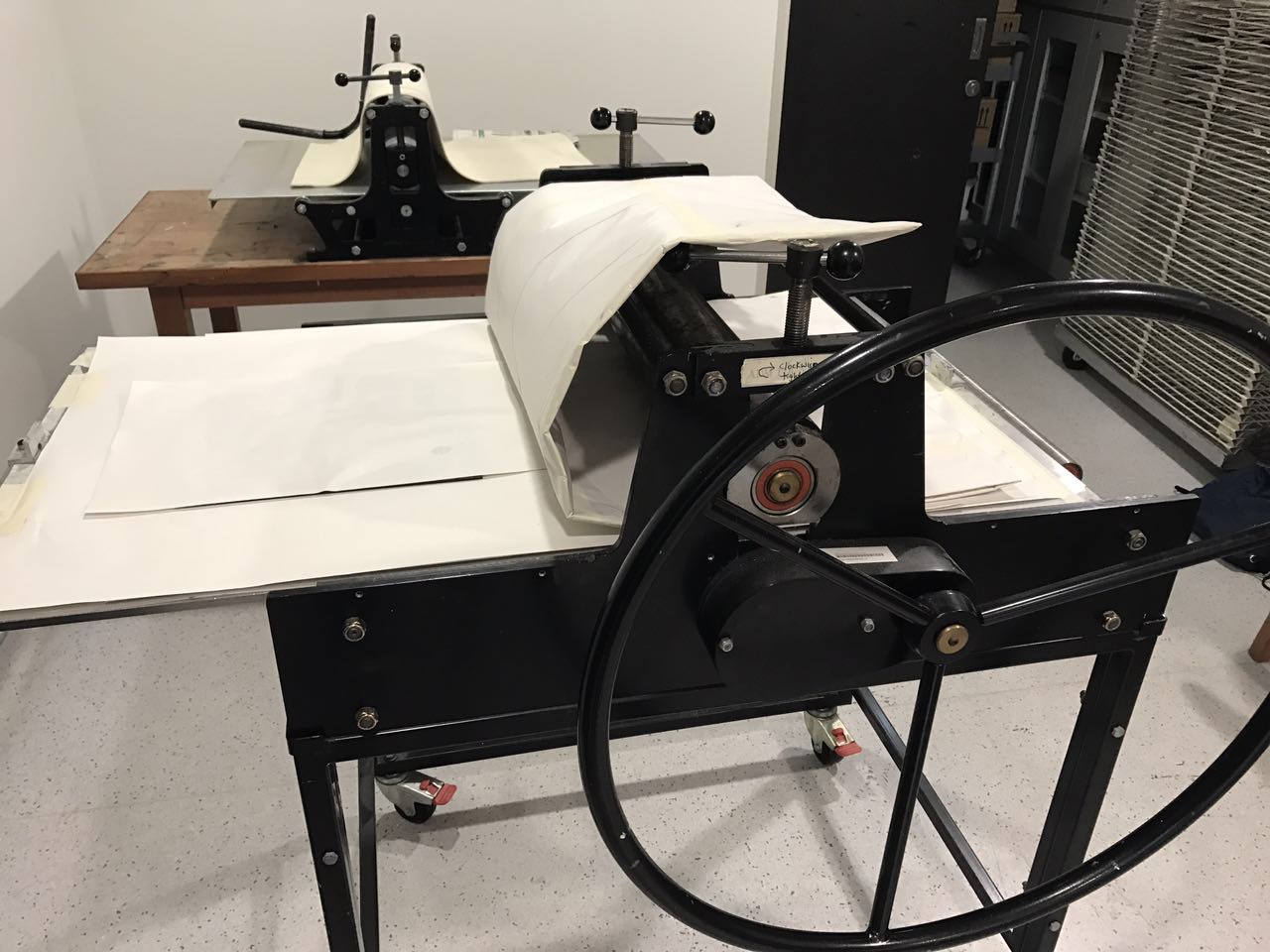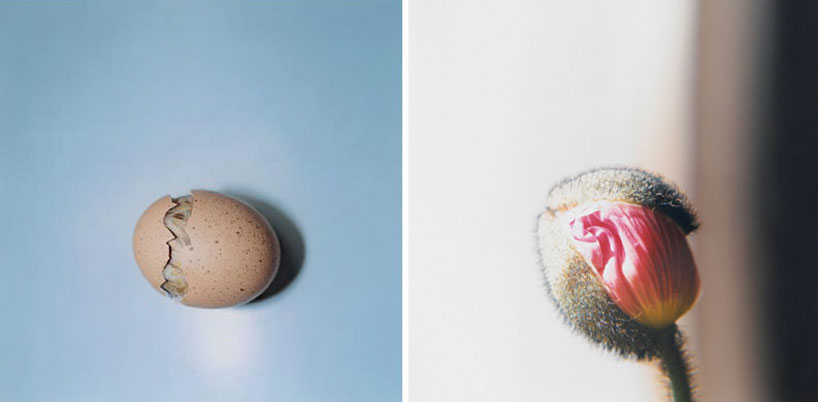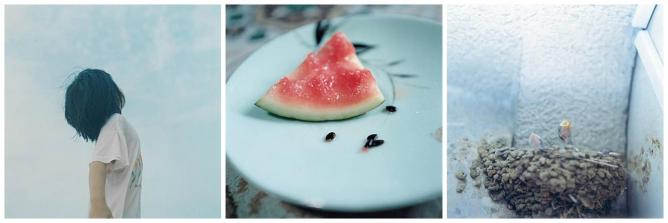Foundation 3D: Pandora Box-Cantilever
The word I got from the Pandora’s Box was Cantilever. I have searched on Wikipedia about this word: A cantilever is a rigid structural element, such as a beam or a plate, anchored at only one end to a (usually vertical) support from which it is protruding. Cantilevers are widely used in construction, such as in bridges and buildings. After a preliminary understanding of what is cantilever, I composed 2 sketch models on week 2.
- D: Dominant
- SD: Sub-dominant
- SO: Sub-ordinate
3 views of Model 1:
 Front view-the sizes of SD&SO are quite similar.
Front view-the sizes of SD&SO are quite similar.
 Side view-the widths of D, SD&SO are similar……
Side view-the widths of D, SD&SO are similar……
 Top view-SD cannot be seen; the size of SO is too big.
Top view-SD cannot be seen; the size of SO is too big.
3 views of Model 2:
 Front view-the sizes of SD&SO are similar; the length of SD is longer than 1/2 length of D; the left side of the model is too flat.
Front view-the sizes of SD&SO are similar; the length of SD is longer than 1/2 length of D; the left side of the model is too flat.
 Side view-the sizes of SD&SO are similar; the width of SD is longer than 1/2 width of D; everything is centralized.
Side view-the sizes of SD&SO are similar; the width of SD is longer than 1/2 width of D; everything is centralized.
 Top view-SO cannot be seen; D&SD are shifted.
Top view-SO cannot be seen; D&SD are shifted.
The feedback I got on week 2:
- Keep rotating 3D sketch model while assembling it, make sure D, SD & SO can be seen from all angles;
- Avoid similar sizes of SD&SO, and SD&SO won’t be shifted from different views;
- No flushing, avoid flat looking of the 3D sketch model
With these points in mind, I tried to improve the two models above and explore some more different composition of Cantilever on week 3.
The feedback I got on week 4:
- Avoid putting everything along the central axis, try to make the model more interesting
- Think about the materials that I am going to use
I decided to choose Model 4 as my final model.
Final sketch model:
Final adjustment:
- The thickness of SD&SO are quite similar, SO should be cut in half. And after that, I decided to place the SO along the principal axis of SD.
- Shift SO&SD to the left 1/3 point of the length of D.
Materials
- Dominant: Chipboard
- Sub-dominant: PVC sheet
- Sub-ordinate: Rectangular ring
Considering the future application of this model, I decided to use chipboard(D), glass(SD), and metal wire(SO) as my materials at first. However, during the final model making process, I wanted the SD to be double layers, so I used transparent PVC sheet to replace the glass as it was in lighter weight and easier to cut.
My idea was inspired by Mash Bar. Mash is one of the smallest bars in Amsterdam, the designer used chipboard all around for the interior to create a cozy and warm atmosphere.

The main materials I can see from the bar’s interior are chipboard, metal, glass, and fabric.
FINAL MODEL
Application
1. Note board with a LED glass clock
The control buttons are placed at the edge of the note board. As the glass board is double layered, the user can put a paper in between and then write notes on the glass board.
2. Table
 When you are not using the table, you can lift it up for more space. And now, it becomes a glass note board again…
When you are not using the table, you can lift it up for more space. And now, it becomes a glass note board again…




















































































